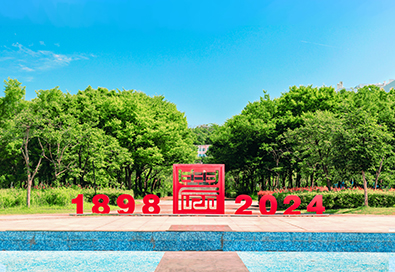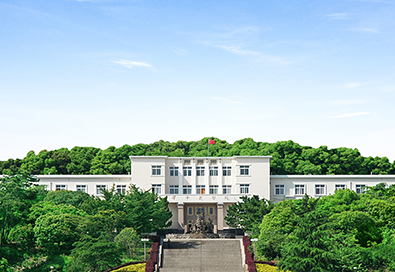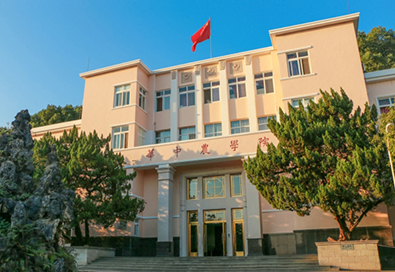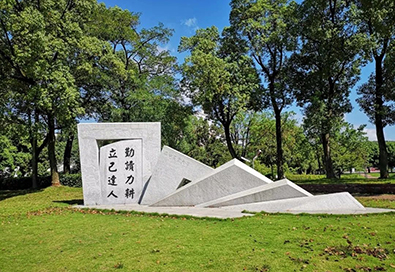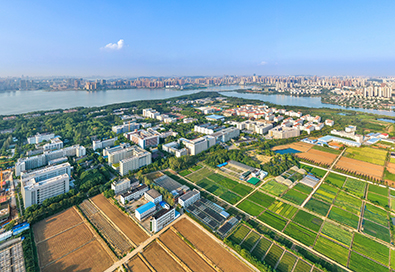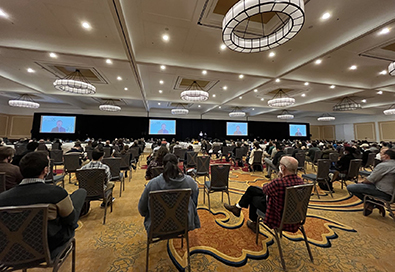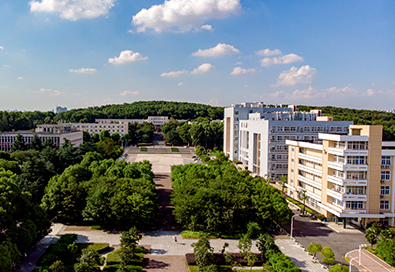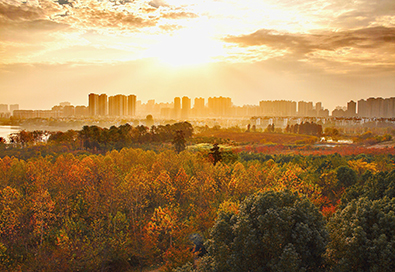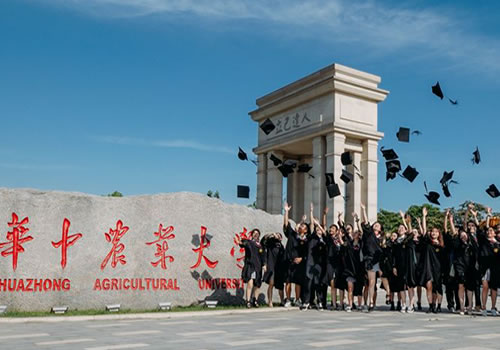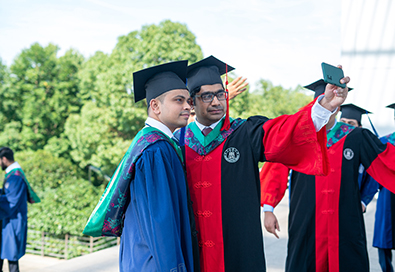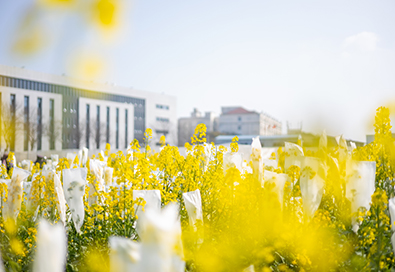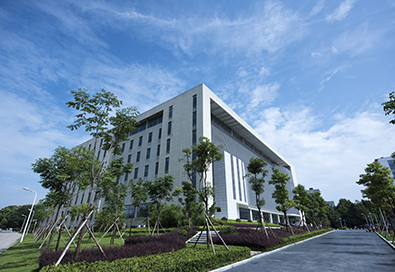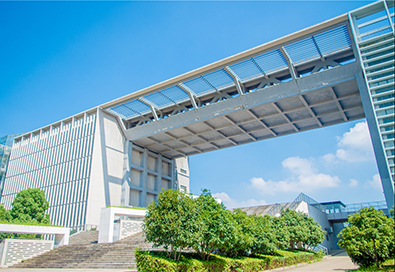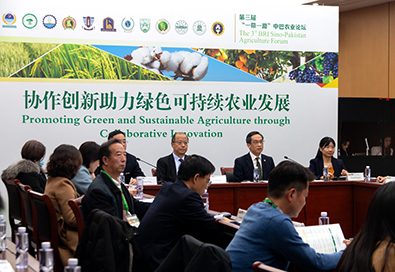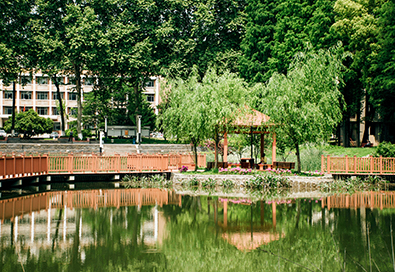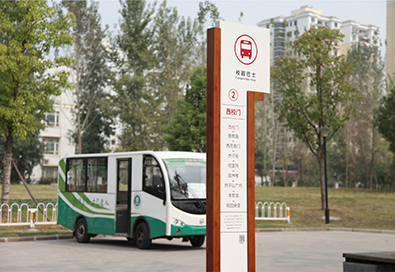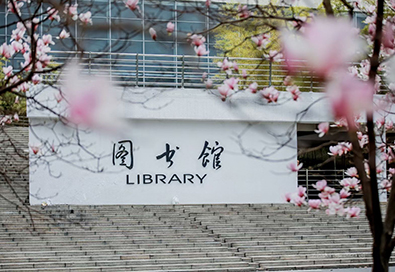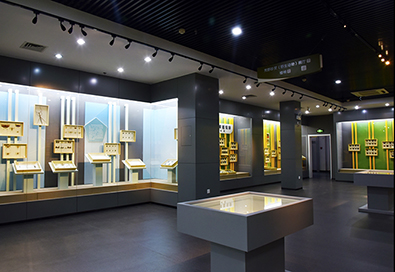A student at Huazhong Agricultural University in Wuhan, Hubei province, used to consider tai chi and other traditional Chinese exercises to be sports for elderly retirees.
"Tai chi practitioners struck me as moving at a very slow pace and their activities looked dull," said the student, surnamed Zhou.
But after surgery in the summer of 2022, Zhou cannot participate in vigorous sports on campus and now earns school credits in tai chi and baduanjin — an ancient Chinese discipline combining breathing exercises with physical movements.
"I began to appreciate its benefits only after practicing regularly," he said. "For students like me who lack exercise, tai chi and baduanjin enable us to work the entire body and rejuvenate internal organs.
"More importantly, such exercises emphasize a calm and serene demeanor that I believe is good for my body and mind."
With growing awareness of the role staying active plays in keeping fit, Chinese people are taking up a wide variety of sports, with traditional Chinese workouts that emphasize a relaxed and calm mind beginning to find favor.
Adults who exercise regularly do so for an average of just over 43 minutes a day, according to a survey about exercise habits released in February by the online fitness platform Keep and the news outlet People.cn.
The World Health Organization recommends a minimum of 150 minutes of moderate-intensity aerobic physical activity a week, or an average of 21 minutes day.
The report added that a half-hour run was the most popular type of exercise for men, while women were most fond of aerobic dance.
The number of people participating in traditional Chinese body and mind exercises such as baduanjin, tai chi and meditation last year was up nearly 8 percent year-on-year, and up more than 46 percent compared with 2021.
"Survey participants said that they feel more energetic, find it easier to focus and memorize, and no longer have cold hands and feet all the time," the report said.
While running and cycling remained the most popular forms of exercise, the report said that medium- to high-intensity workouts and niche outdoor activities such as hiking, skateboarding, paddleboarding and pickleball had also gained in popularity.
Zhang Yimin, deputy director of Beijing Sport University's institute of sports and health studies, said that compared to conventional aerobic exercises that involve muscle contraction and sometimes spurts of hard exertion, traditional Chinese workouts focus on slow, balanced movements and the coordination of mind and body.
"Workouts like baduanjin also stress matching movement to breathing and concentration," he said. "Such slow-paced workouts are particularly suitable for white-collar workers who are prone to insomnia or migraines, people who are physically incapable of engaging in intense workouts, and the middle-aged and the elderly.
"Some people enjoy strenuous weight lifting or jogging outdoors, while some prefer rhythmic, slow movements. Exercise habits depend on personal preferences and the key is to adhere to regular exercises within one's own capacity."
Zhang Dandan, a 30-year-old white-collar worker in Jiangsu province, said she used to exercise in a gym but was put off by the hassle of packing clothing and driving there. She picked up baduanjin about a month ago by following online tutorials, having been drawn in by its low impact and convenience.
"I understand that I lead an unhealthy lifestyle due to sitting too much in the daytime and becoming a couch potato after work," she said. "I will just do easy stuff at present and maybe slowly ramp up in the future."

